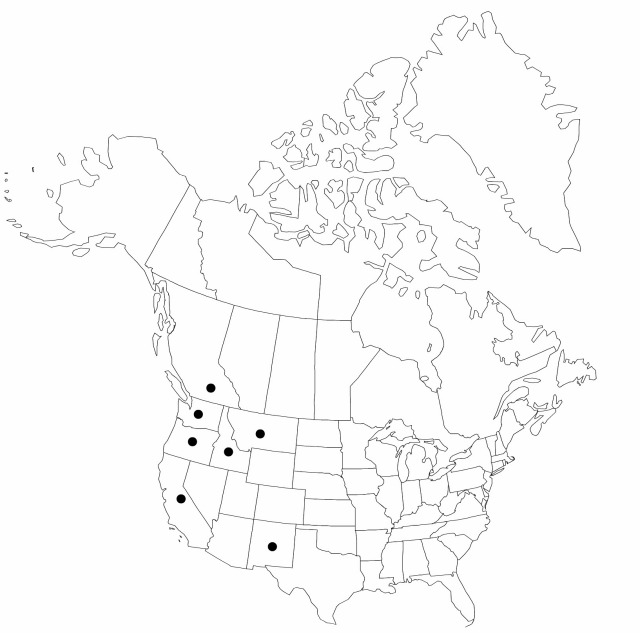Carex amplifolia
in W. J. Hooker, Fl. Bor.-Amer. 2: 228, plate 226. 1839.
Culms tinged reddish at base, 50–100 (–130) cm. Leaves: sheaths ± hispidulous abaxially; ligules 3–30 (–65) mm; blades light or glaucous green, (10–) 20–60 (–80) cm × 8–20 (–23) mm, those of sterile shoots to 20 mm wide, glabrous adaxially except on veins toward apex. Spikes 5–8, narrowly oblong to slenderly cylindric; proximal spikes separate, pedunculate, others approximate, short-pedunculate or subsessile; staminate spikes 5–9.5 cm; pistillate spikes mostly ca. 40–470-flowered (405–705-flowered if branched), (1.5–) 3.5–14 cm × (2.5–) 3.5–6.5 mm. Pistillate scales from longer to shorter than perigynia, the proximal short-awned, others acute (or all mucronate to awned), entire. Perigynia brownish green, 2-ribbed, otherwise veinless or inconspicuously 1–7-veined, obovoid, subinflated, collapsing and becoming obtusely triangular, 2.4–3.1 mm, glabrous; beak 0.7–1.1 mm, erose (scarcely bidentulate). Achenes broadly obovoid, 1.5–1.7 × 1–1.3 mm.
Phenology: Fruiting late May–Sep.
Habitat: Swamps, bogs, wet meadows, and other at least seasonally wet places, such as ditches and clearings, often along streams in conifer forests (western hemlock, Douglas fir, and Engelmann spruce zones, less often ponderosa pine stands)
Elevation: 0–2400 m
Distribution

B.C., Calif., Idaho, Mont., N.Mex., Oreg., Wash.
Discussion
Carex amplifolia is confined to temperate western North America, where it is usually uncommon or rare from coastal lowlands to middle elevations in the mountains.
Selected References
None.
Lower Taxa
"shortened" is not a number.No values specified.
